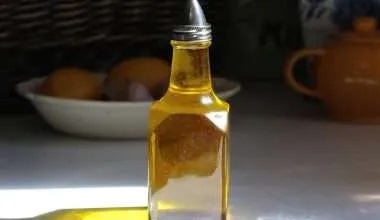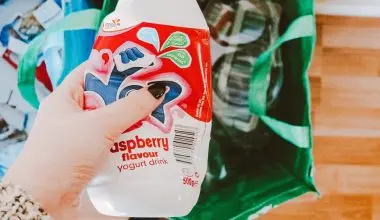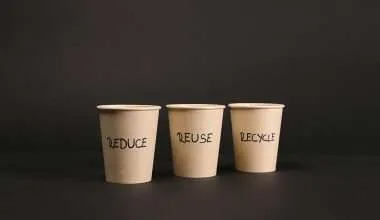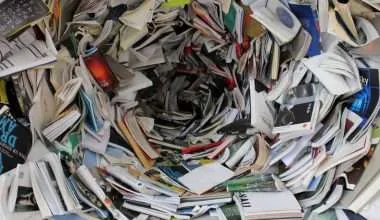Table of Contents Show
What is Aluminum Foil?
Aluminum foil, or tin foil, is a very thin, reflective sheet of aluminum metal. It is formed by rolling big slabs of aluminum till they are less than 0.2 mm thick.
It’s employed industrially for a diversity of uses, together with packing, insulation and transport. Moreover it’s commonly available in grocery stores for domestic purposes.
In a household, families use aluminum foil for food packing, broiling meats and other dishes to avert them from losing moisture while cooking, to line baking trays and to store foods.
People can further use aluminum foil to wrap and protect more delicate foods, such as vegetables, when roasting them.
Aluminum cans are used to store food and beverages such as milk and soup but also for products such as oil, chemicals, and other liquids.
Aluminum aerosol cans, canisters, bottle, jars are made to store stuff.
Last of all, it can be applied on line grill trays to keep things neat and for cleaning pans or grill grates to eliminate persistent stains and residue.
Some Uses of Aluminum Foil

1. Packaging
Aluminum is used for packaging since it is very flexible. It can be effortlessly made into thin sheets and rolled, packed or folded.
Aluminum foil functions as a complete barrier to light and oxygen (which makes fats oxidized or become rotten), aromas and essences, moisture, and germs.
Hence, it is used roughly in food and pharmaceutical packing, counting long-life packs (aseptic packaging) for beverages and dairy properties, which allows storage without the need of refrigeration and can be kept in carton.
Aluminum foil is way better than plastic wrap, as plastic wrap can be used only once while aluminum foil might be a little easier to reuse.
Aluminum foil containers and trays are useful to make pies and to pack take-out meals, readymade snacks and long life pet foods.
Aluminum foil is extensively vended into the consumer market, usually in rolls of 500 mm width and several meters in length. It is used for packaging food in order to preserve it.
For example, when putting away extra food in a fridge, when taking snacks on a trip, when baking, or when retailing some varieties of take-away or fast food.
Tex-Mex eateries in the United States, for example, normally give take-away burritos enfolded in aluminum foil.
2. Insulation
Aluminum foil is usually used for radiation shield (blockade and reflectivity), heat exchangers (heat transmission) and cable liners (barrier and electrical conductivity).
Aluminum foil’s heat conductive properties make it a common commodity.
3. Electromagnetic Shielding
The shielding efficiency of aluminum foil is contingent on the kind of incident field (electric, magnetic, or plane wave), the width of the foil, and the rate of recurrence (which determines the skin depth).
Shielding efficiency is typically broken down into a reflection loss (the energy deflects off the shield instead of penetrating it) and an absorption loss (the energy is dissipated within the shield).
4. Cooking
Aluminum foil is further utilized for grilling delicate foods, like mushrooms and vegetables.
Using this technique, occasionally known as a hobo pack, food is enfolded in foil, and then placed on the grill, avoiding loss of moisture that can result in a less attractive texture.
Characteristic of all metallic objects, aluminum foil reacts to being put in a microwave oven.
But some new microwave ovens have been made to avoid harm to the cavity magnetron tube from microwave energy reflection, and aluminum packages made for microwave heating are obtainable.
5. Art and Decoration
Heftier foils made of aluminum are made use of for art, ornaments, and crafts, particularly in lively metallic colors. Metallic aluminum, usually silvery in color, may be produced to take on other colors via anodization.
Anodizing forms and oxide layer on the aluminum surface that can receive colored or metallic salts, reliant on the method used.
In this manner, aluminum is used to make a cheap gold foil that really has no gold, and many other bright metallic colors. These foils are from time to time used in unique wrapping and packing
Other Uses
– Sharpen your scissors
– Speed your ironing
– Keep paint off your doorknobs
– Improvise a frying pan
– Create special-shaped cake pans
– Polish your silver
– Clean your jewelry
– Fix loose batteries
– Clean your iron
– Create a sun box for plants
– Build a seed incubator
How do you know if you can recycle aluminum foil?
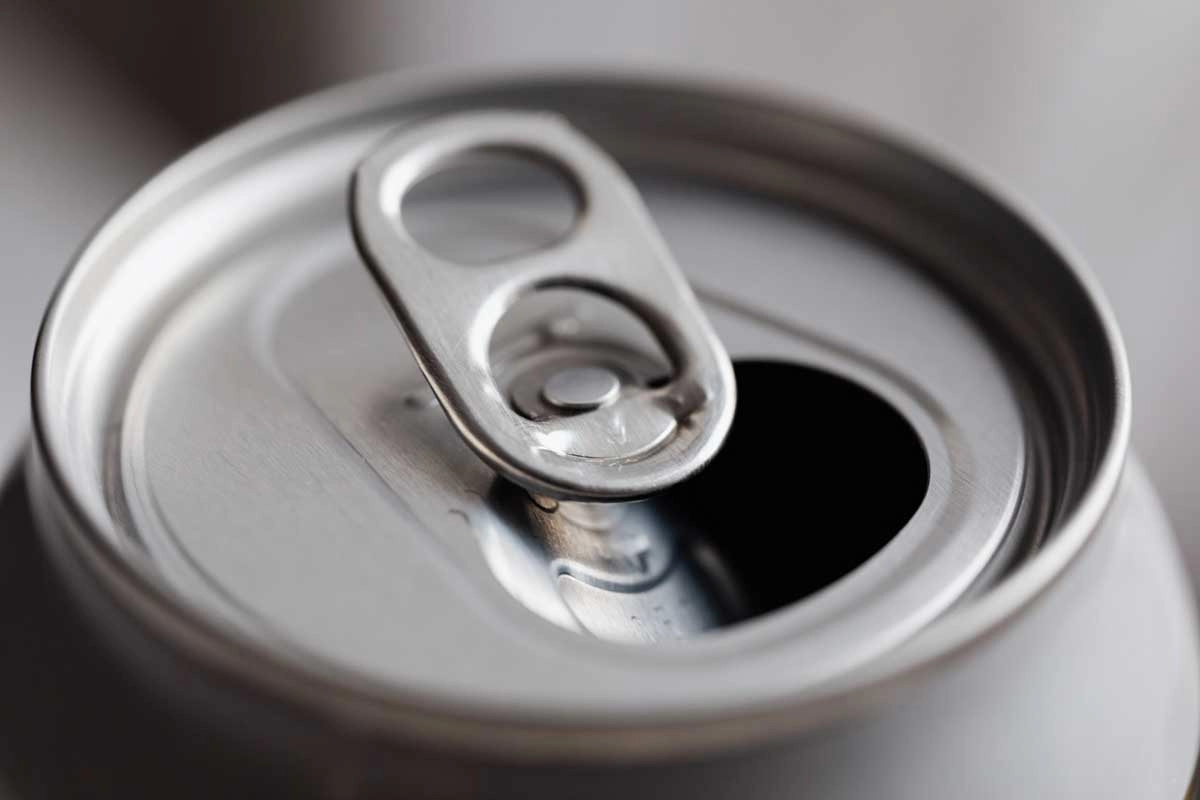
Aluminum foil is a recyclable material.
The main decisive factor in whether you can recycle aluminum foil is dependent where you live — as it’s your local processing facility that has (or doesn’t have) the technology to deal with a tad soiled aluminum foil.
In Brooklyn, the curbside recycling program will collect any aluminum foil and trays except the ones that are heavily dirty.
In the town of Arlington, Virginia, the rules state you have to un-soil the foil off before throwing it away in the curbside recycling bin or container.
And in fact, in every town of America, as well as the most remote ones, the regular curbside recycling programs collect aluminum foil now. Majority places just make you clean it first.
As soon as you’ve scrubbed it, however, take a pause before you toss it into recycling!
Even though we have a tendency to think of aluminum foil as a one-time-use material, you can in fact make use of clean foil again and again.
It is non-porous and you can flatten it out, even when it has been wrinkled before, and use it another time to cover a dish or use it in the oven. If you can get it unsoiled, you might as well repurpose it.
So maybe it doesn’t even matter if it can go in the recycling!
How to Recycle Aluminum Foil? 5 Easy Steps
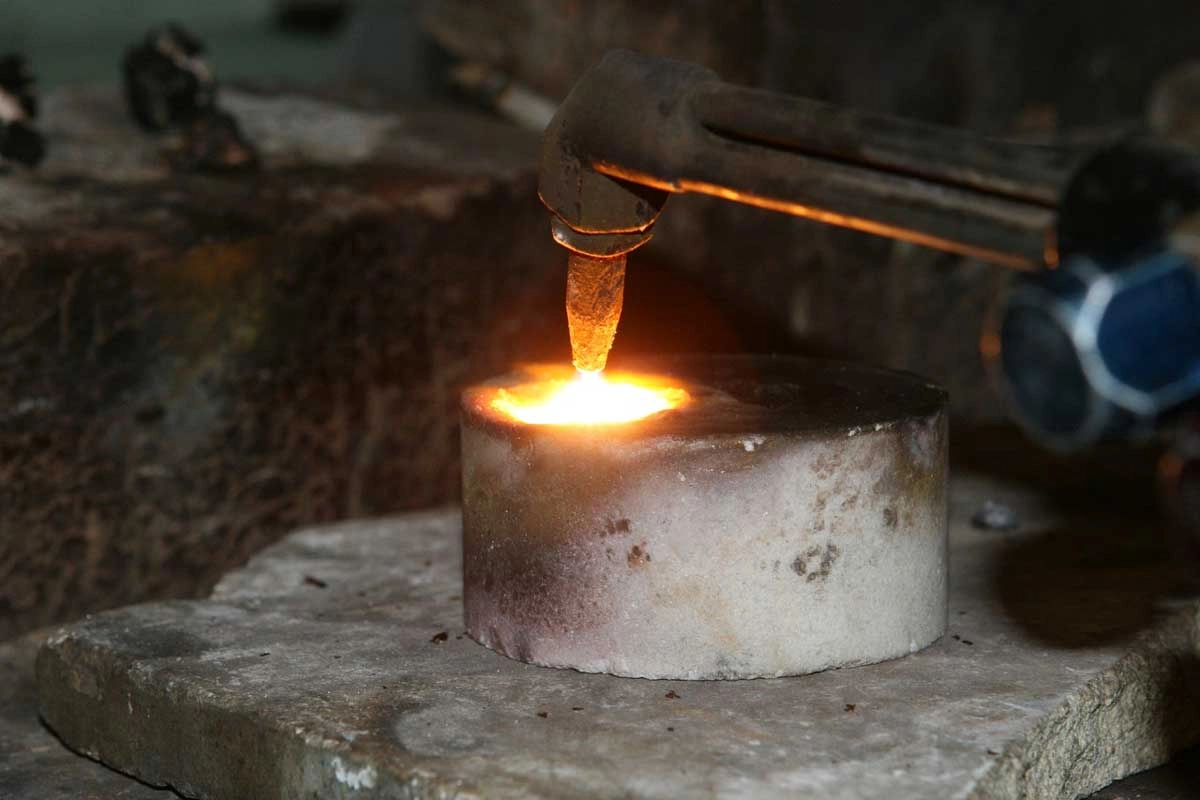
Before you can even consider recycling any of your aluminum foil, you need to find out whether your local facility agrees to receive it.
There, you can look into whether it can be added with your local recyclables or taken to the next closest recycling facility, whether there are blue recycling cart in majority situations.
If they accept aluminum foil, they’ll likely accept one-use pie tins and roasting pans too.
Curbside collection is a service that provides curbside recycling container to households typically in urban and suburban areas of collecting and disposing of household waste and recyclables.
1. Check and Clean
A lot recycling facilities and centers request that you clean the foil before you throw it in with your other recyclables. No food scraps should be there with the aluminum foil so that aluminum foil recycling can be done.
The glass bottle, glass jars with an aluminum lid should be discarded separately in the recycling container. Any plastic utensils, plastic bottle, plastic film, plastic container should be discarded separately.
If the foil just has very little pieces of food — like a small smear of frosting or a few bread crumbs — then just wipe them off and wash the foil.
If you rinse with hot water, the foil might change colors, but that usually happens and won’t impact its capability to be recycled.
If the foil is burnt from some places or has holes and tears, that’s acceptable and won’t prevent it from being easily recycled, according to Earth911.
On the other hand, if the foil is extremely soiled with baked-on cheese, lots of oil and grease, or burnt sauces and gravies, it cannot be saved. In such instances, you’ll have to toss it away in trash.
2. Separate Items
If aluminum foil comes as part of a package — such as yogurt containers, paper boxes, or beverage cans — remove it from the other materials this makes aluminum foil recycling easy.
If the items are attached and can’t be removed, even if they all are recyclable, they are considered dirty and cannot go through a recycling process and might not be able to be treated at a recycling facility.
Once the materials are disconnected, make sure everything is unsoiled. Anything that is recyclable could be placed in your bin or transported to a recycling center.
If foil can’t be detached from other materials, you’ll have to throw it away.
3. Crumple and Toss
As soon as you have your aluminum foil uncontaminated, scrunch it into a ball. Sheets of aluminum foil may blow away out of your recycling basket since aluminum is such a light material.
The more recyclable aluminum you get a hold of, add it to your ball up until you have something that is at least two inches in diameter, advises Recycle Nation.
Don’t throw balls of aluminum foil on its own into your recycling bin. Small pieces of aluminum may tear and get jammed in the equipment at the processing center.
To see the process of Aluminum recycling after it leaves your house, look at this!
Opportunities for Reusing Aluminum
An additional opportunity for aluminum foil is to use it again to give it a second life. Aluminum foil is dishwasher safe so you can salvage it again and again.
Or try getting resourceful with one of the following ideas! This changes a used foil into a recycled foil!
Get Rid of Grease
As an alternative to purchasing a new steel wool pad, try scrunching up used aluminum foil and scour any encrusted grease.
You can find it on your stove top or grill. This is a useful way to use recycled aluminum foil.
Eliminate Static Cling
Don’t you dislike it when your garments come out of the dryer with static cling?
Try putting a piece of aluminum foil straight into your dryer when you plan your next load!
Protect Your Garden
Have an issue with bothersome pests and bugs? Place aluminum foil round the base of your plants!
Moreover, you may dangle shreds of foil in your garden; the gleaming new décor will frighten away animals that might be coming to feast on your berries and lettuce.
Protect Your Silverware
This is very easy; just place your silverware on aluminum foil to delay the wear of the metal.
You may get timeworn, stained silverware back to looking brand new too! All you need is some aluminum foil, baking soda, and water.
Take It Camping
Aluminum foil can be perfect for food preparation on a camping excursion in addition to other various uses together with waterproofing.
Try covering your box of matches in aluminum foil to prevent them from getting soggy next time you’re out in the woods.
Facts about Aluminum Foil
• Aluminum foil ensures quality by shielding the loss of wanted aromas.
• 1.5 gram of aluminum foil saves one litre of milk over months without the need of refrigeration.
• Almost 75% of aluminum foil is utilized for packing and domestic use.
• Aluminum foil saves far more resources than are consumed in its production throughout the supply and value chain.
• Aluminum foil makes for a complete barrier against moistness, light and oxygen, preserving the aromas within.
Conclusion
As this article illustrates, there are countless uses for aluminum foil, not just one-time but over and over again rather!
So be sure to recycle, repurpose and reuse your aluminum for the betterment of the environment…and your wallet!


